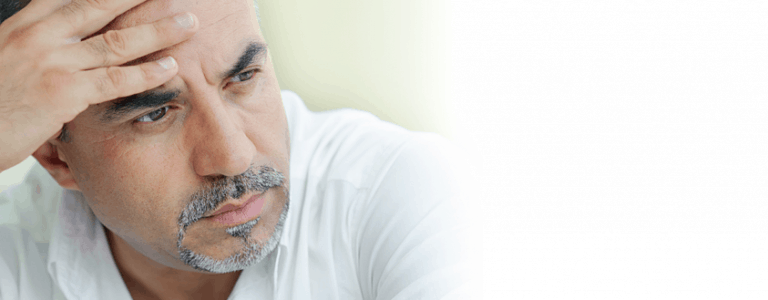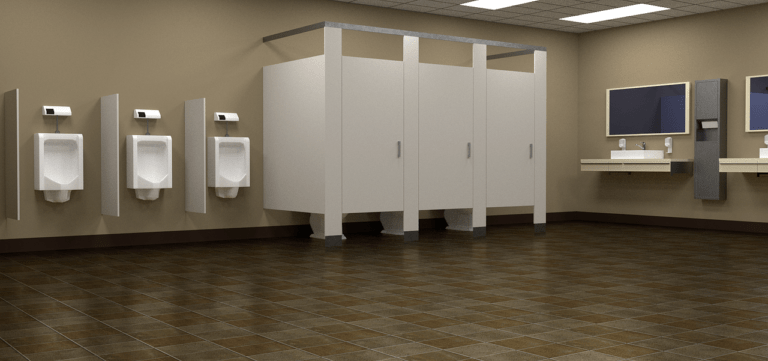Symptoms of BPH cause men to develop problems with urination as they age. BPH (benign prostatic hyperplasia) also is called enlarged prostate.
The likelihood of a man developing BPH increases with age. According to a study in The American Journal of Managed Care, BPH occurs in about 25% of men in their 50s, 33% of men in their 60s, and about 50% of all men age 80 and older.
What Are the Most Common Symptoms of BPH?
Certain changes in urination may prompt a man to ask his physician, “What are the symptoms of BPH?” The most common signs of the condition are lower urinary tract symptoms (LUTS).
Typically, LUTS include changes in how a man urinates. These changes may include a slowing of the urinary stream. A man will notice that he doesn’t urinate as quickly. It may take him longer to get the stream started and finished. During the stream, there may be some dribbling or starting and stopping.
The LUTS also may include a feeling of fullness or bloating because the man can’t empty his bladder when urinating. For many men, the inability to completely empty their bladders results in having to awaken several times during the night to urinate.
In more severe cases of bloating, when BPH has progressed for a long time, a man’s kidneys can get backed up or blocked. This can result in kidney failure. Though possible, this outcome generally is rare in the United States, where medical treatment typically is given before the condition reaches this advanced stage.
What Symptoms of BPH Require Treatment?
The decision to get treatment should be shared by a patient and his physician. The patient should ask, “What are the symptoms of BPH that require treatment?” to understand whether his condition needs care.
The purpose of BPH treatment is to relieve symptoms. A patient should understand that treatment can’t prevent BPH from getting worse; it only can provide relief of the LUTS associated with BPH.
The decision to get treatment can be a quality-of-life issue since the extent of symptoms varies for each patient. For some, LUTS may cause a problem in daily life. For a man who is awakening once nightly and finds it is interfering with his sleep, hindering his work, and disrupting his lifestyle, treatment may be appropriate.
Others may find that the symptoms are not disruptive enough to require treatment. Some patients with BPH may not experience any symptoms, so treatment may be unnecessary.
If needed, treatment for BPH can be done with medicine, surgery, or minimally invasive therapy. While medications typically are the first step, lifestyle changes also can be effective. For example, a man may be able to reduce nighttime urination by eliminating fluids, particularly caffeine and beer, near bedtime.
Symptoms such as significant enlargement of the bladder and the inability to empty the bladder can cause more serious conditions. These can include urinary infections and kidney obstructions. Since these conditions can recur and become life threatening, treatment typically would be recommended under these circumstances.
Reference:
McVary, K. T. 2006. BPH: Epidemiology and Comorbidities. The American Journal of Managed Care. Apr; 12 (5 Suppl): S122-8.







